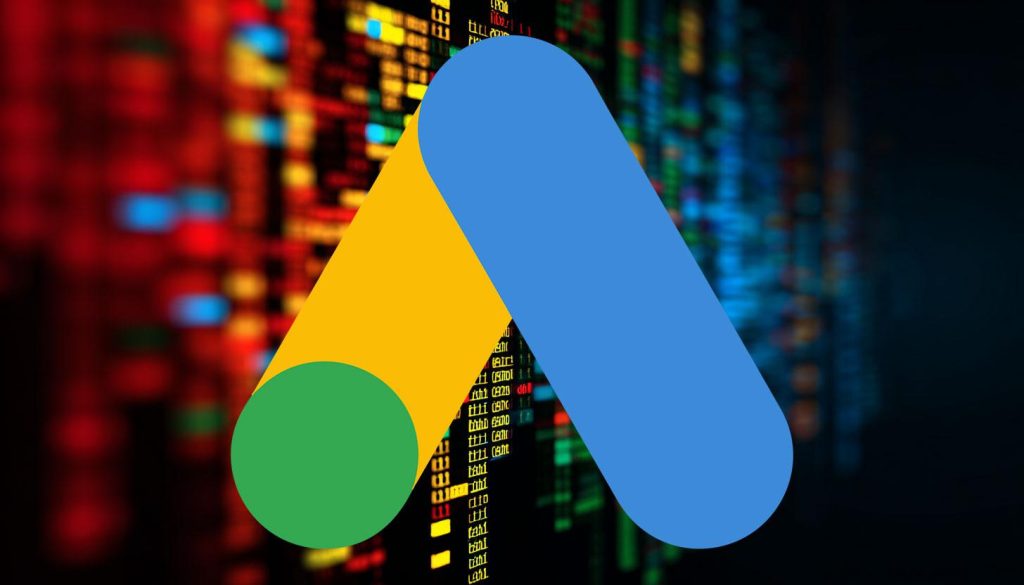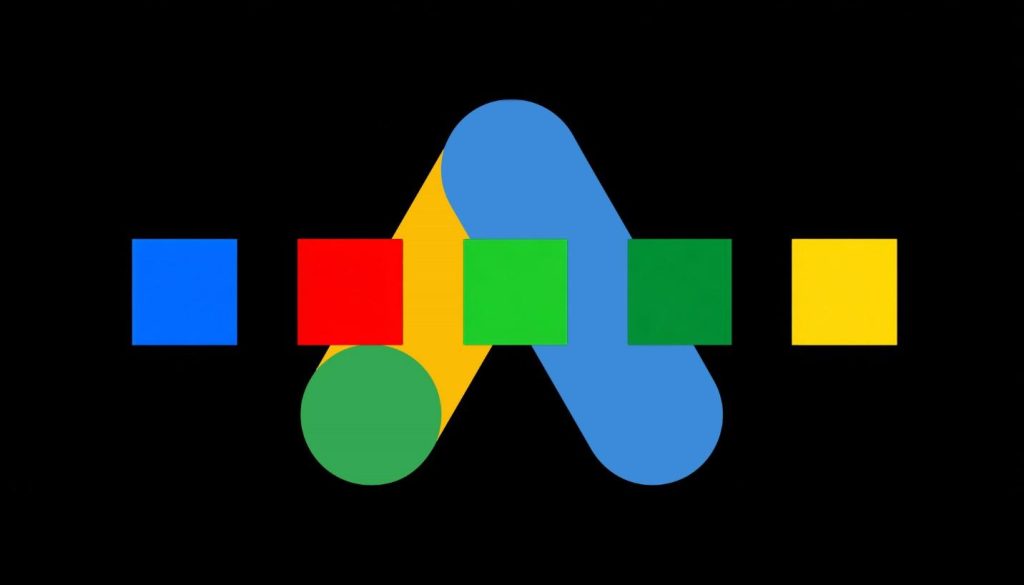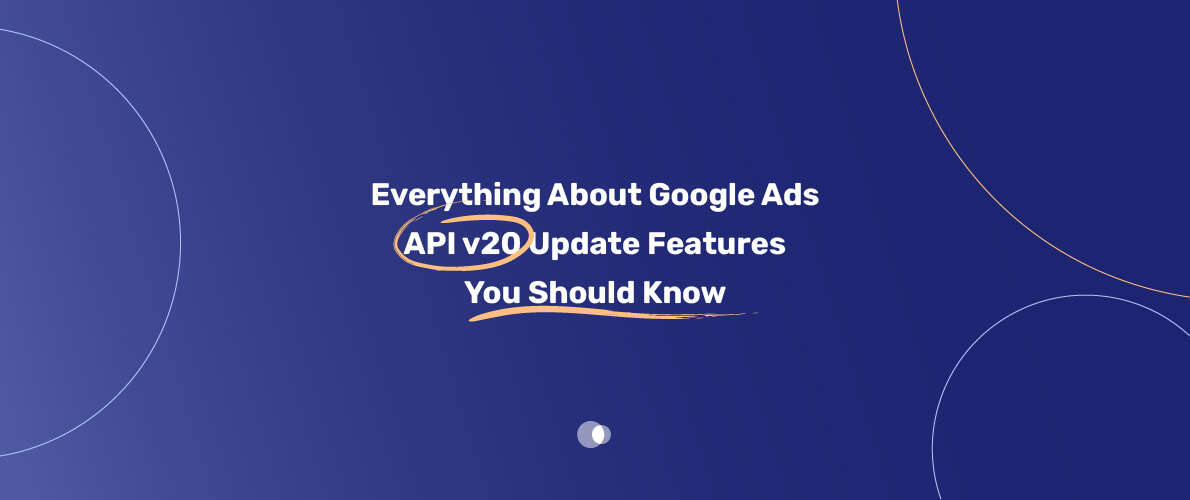If you’re anything like me—juggling client accounts, chasing after conversions, and forever tweaking campaigns to squeeze every last bit of ROI—then you know how vital staying up-to-date with the latest Google Ads API v20 update features is. In fact, whether you’re running a Google ads partner in Dubai, managing campaigns remotely, or just nerding out over the newest API docs in your pajamas, these updates are about to seriously change the game. Let’s roll up our sleeves and break down everything that matters in a way only a real digital marketer (with a few caffeine jitters) can.
Table of Contents
Why This Update Hits Different
Let’s be honest, Performance Max campaigns have always felt a little like driving a fast car with tinted windows—you know there’s power under the hood, but you can’t quite see what’s going on or steer as precisely as you’d like. Google Ads API v20 update features bust open those windows. For the first time, we get campaign-level negative keywords for Performance Max. That’s not just a technical tweak. It’s a response to years of marketers (me included) begging for a little more say in how automation handles our precious budgets.
And that’s only the tip of the iceberg.
Campaign-Level Negative Keywords: The Holy Grail Arrives
Let me tell you, I remember the frustration of managing multiple campaigns—especially when you’re handling accounts for clients with totally different products or target audiences. Until now, Performance Max only let you exclude negative keywords at the account level. If you wanted more granularity? Tough luck. With v20, you can finally add campaign-level negative keywords to Performance Max. This gives you a crucial layer of control for search and shopping inventory. I’ve already seen clients breathe a sigh of relief—no more awkward workarounds or risking wasted spend on irrelevant queries.
But heads up: negative keyword lists themselves still aren’t available for Performance Max, so you’re managing them one campaign at a time. It’s not perfect, but it’s a major leap forward.

Demand Gen Reporting: Finally, Some Granularity
Raise your hand if you’ve ever tried to explain “Google Owned Networks” to a skeptical client who wants to know why their YouTube ads are lumped in with Gmail and Discover. It was a mess, right? With the Google Ads API v20 update features, Demand Gen reporting finally splits out performance by channel—YouTube, Maps, Discover, and Gmail. Now, you (and your clients) get to see exactly where those clicks and conversions are coming from.
Here’s the kicker: this new granularity only applies to data from March 7, 2025, onward. If you’re pulling reports for dates before then, it’s still all mashed together. Not ideal, but hey, progress is progress.
Platform Comparable Conversions: Apples to Apples, Finally
If you’ve ever tried to compare Google Ads to Meta (Facebook) or TikTok campaign results, you know it’s like comparing apples to oranges. Attribution models are all over the place. That’s where the new platform comparable conversions come into play. Google’s now factoring in view-through conversions (VTCs) for Demand Gen, and isolating Demand Gen touchpoints from other campaign types. In other words, you can finally make more realistic comparisons with other ad platforms.
This is huge for agencies, especially those doing cross-channel reporting or advising clients on budget splits. As Google’s own Help Center says, “This aligns with the default attribution used in other advertising platforms…”—which makes me wonder why it took so long. But I’ll take it!
Asset Group Reporting: Nerd Heaven
If you’re anything like me, you probably geek out over new metrics and dimensions to slice and dice your data. Google Ads API v20 update features now let you report on asset groups with more detail than ever. New columns like new_customer_lifetime_value, conversions_by_conversion_date, and value_per_conversions_by_conversion_date are here, plus new segmenting by ad network type, conversion action, device, and even external conversion source.
This isn’t just nice-to-have—it’s transformative. For agencies managing multiple brands or verticals, suddenly having access to this granular data means you can optimize creative, analyze conversion attribution, and fine-tune audience targeting in ways that just weren’t possible before.
Planning Services: Smarter Forecasting and YouTube Lineups
Here’s where it gets really interesting for big spenders and serious strategists. Planning services got a facelift in v20, though some features are still limited to allowlisted accounts (yeah, I know, classic Google). The update introduces YouTube Select Lineups via the AudienceInsightsService—buh-bye, YouTube Dynamic Lineup. And for the first time, you can generate reach forecasts using your own first-party data, not just Google’s built-in audience segments.
For anyone focused on Google Ads optimization Dubai style—where every dirham counts and competitive edge matters—these planning tools are a serious boon. Forecasting just got a lot more personal.

Pause Ads on YouTube TV: A New Canvas for Creativity
Here’s something that caught me off-guard: ads that appear on pause screens when users stop their YouTube TV content. Pause ads are not the same as Demand Gen video ads—they show up right next to the static video frame when someone hits pause. If you’re about creative ad formats and always looking for that next big engagement hack, this is one to watch. I haven’t tested them myself yet, but you can bet I’ll be pitching them to my next client with a big video budget.
Cross-Account Conversion Tracking: Flexibility for Agencies
If you’re running an AdWords management Dubai shop or handling accounts for clients in different regions, this one’s for you. The v20 update lets you update the google_ads_conversion_customer field for existing customers via the API. Translation: you can now opt into or modify cross-account conversion tracking assignments more easily. This helps agencies consolidate reporting and attribution across multiple client accounts, making life a little less chaotic during reporting season.
A small but important note: the API now also exposes the ClickConversion.user_ip_address field, but—due to privacy laws—IP address matching is restricted for users in the EEA, UK, or Switzerland. So, don’t get any funny ideas about tracking European users too closely.
Release Schedule: Google’s Changing the Pace
Here’s something I actually learned the hard way: planning dev resources around Google’s API release cycle is a headache when they keep changing the rules. In 2025, Google switched things up from two major releases (plus one minor) to three major releases—including v20. According to developer relations engineer Mattia Tommasone, this is all about keeping pace with rapid changes in digital advertising. For devs and agencies, it means more frequent but smaller updates—and less risk of falling behind if you skip one version.
Client Libraries and Code Examples: Ready for Action
No update is complete without the tools to actually use it. The week after the v20 announcement, Google rolled out updated client libraries and code samples. If you’re the kind of marketer who likes to get your hands dirty (or you have a dev team that loves to tinker), you’ll want to check those out. They’re essential for implementing new features like campaign-level negative keywords, platform comparable conversions, and those juicy new asset group metrics.
Why These Changes Matter—From One Marketer to Another
I’ve been in this industry long enough to see Google Ads go from the wild, wild west days of AdWords to the highly automated, machine-learning-driven behemoth it is today. Each update brings new opportunities, but also new headaches. The Google Ads API v20 update features strike a balance between automation and control—a reflection of the ongoing tug-of-war between Google’s vision for smart bidding and marketers’ demands for transparency.
I believe these changes are more than just incremental upgrades. They’re a tacit acknowledgment from Google that marketers need both automation and the ability to intervene—especially when managing large budgets or complex client portfolios. Performance Max, for all its AI prowess, was too much of a black box. Now, with campaign-level negative keywords and better reporting, we finally get a flashlight to peek inside.
Real-World Impact: What Agencies and Advertisers Should Do Next
I recently worked with a client who was ready to buy Google Ads account access for a fresh campaign push. Their main concern? They wanted to ensure they could proactively manage negative keywords, monitor channel-specific results, and get the kind of cross-platform attribution that the CMO demands in every quarterly report. Thanks to v20, I could assure them that yes, these controls are finally available. The relief on their faces was priceless.
If you’re managing several clients, especially through a reactive Google Ads account (you know, the ones always teetering on the edge of suspension or policy reviews), the new features in v20 mean faster troubleshooting, more precise reporting, and better optimization overall.
The Bottom Line: Embracing the Google Ads API v20 Update Features
Let’s put it all together. Google Ads API v20 update features are not just another iteration—they’re a real response to the needs of agencies, marketers, and brands who’ve asked for more control, transparency, and actionable insights. From campaign-level negative keywords for Performance Max to granular Demand Gen reporting, platform comparable conversions, enhanced asset group metrics, and smarter planning services—the new API is a toolkit built for modern digital marketers.
If you’re running an AdWords agency in Dubai, freelancing from your laptop in a downtown café, or simply looking to outsmart the competition, these updates can empower you to do more with less guesswork. And if you’re still struggling with Google Ads management, remember: you don’t have to go it alone.
At Admoon, we specialize in helping businesses navigate every twist and turn of Google’s ever-changing advertising landscape. Whether you want to optimize existing campaigns, set up new ones, or just need someone to take the headache off your hands, our team is here to help. With our experience, local knowledge, and dedication to results, we’ll help you turn these new features into real business growth.
Ready to level up your Google Ads? Contact us today for a free consultation and discover how our expertise can turn your campaigns into success stories.



